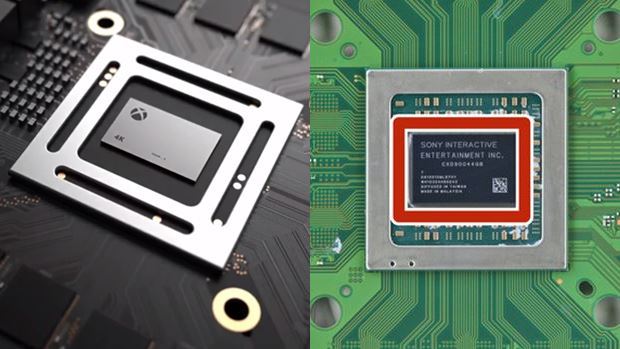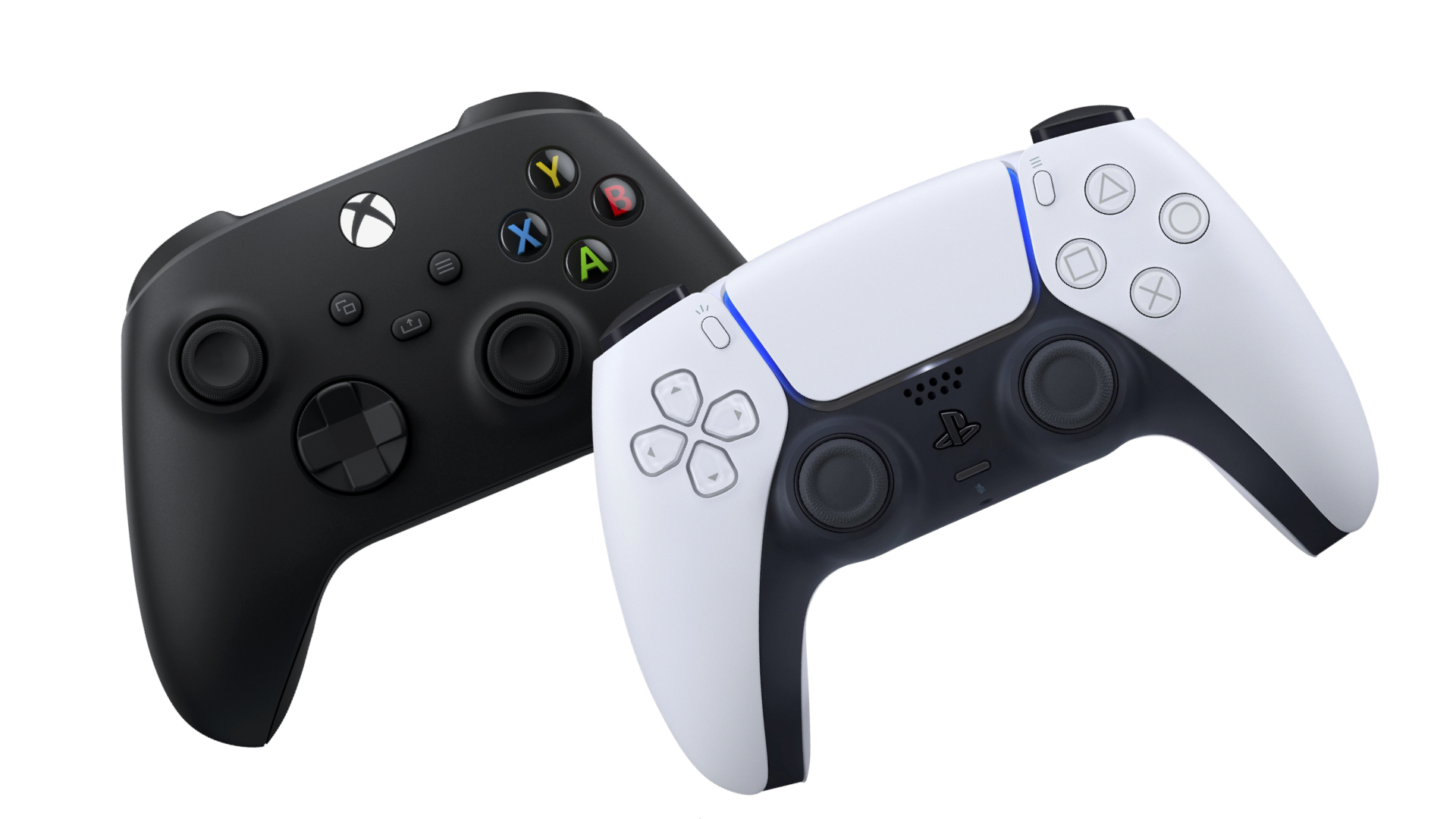
With the PlayStation 5 and Xbox Series X slated to arrive soon, a lot of you out there are likely looking to make a significant upgrade. The massively enhanced capabilities of both consoles, in terms of CPU and GPU capabilities is largely because of the hardware they leverage. Both consoles are built around semi-custom AMD SoCs, combining Zen 2 CPU cores and RDNA2 GPUs for a true generational leap. But how exactly is this silicon manufactured? SoCs aren’t just a component that gets slotted into your PlayStation or Xbox on the assembly line. There’s a considerable amount of thought, effort, and work that goes into building each chip. Let’s take a deep dive and explore how console silicon is manufactured.
Who actually manufactures console silicon? It’s not as straightforward as you’d think
Before we go into the how of manufacturing let’s start with the who. Who makes the SoCs at the heart of every PlayStation 5 and Xbox Series X and Series S that rolls off the manufacturing line? The console manufacturers aren’t responsible. Neither Sony nor Microsoft are in the semiconductor fabrication business. Both of these are AMD parts, so you would logically surmise that AMD manufactures the chips. But that’s not quite true either. AMD used to have its own silicon foundry until about 8 years ago, when it completely divested from GlobalFoundries. AMD is what’s called a “fabless” silicon manufacturer. No, that’s not fabulous with a couple typos. Fabless manufacturers don’t actually manufacture anything themselves. Fabless manufacturers like AMD, Qualcomm, NVIDIA, and Apple design chipsets.
They do the engineering legwork to build chips that hit performance, price, and efficiency targets. They then contract manufacturing responsibilities to a silicon foundry. TSMC is AMD’s foundry of choice and, as the name (Taiwan Semiconductor Manufacturing Company) suggests, they’re headquartered in Taiwan with foundries across the world. TSMC is the world’s third-largest foundry. The largest two, Intel and Samsung, have fully integrated supply chains. Samsung, in particular, does everything from building silicon to putting it into its own phones.
AMD’s semi-custom console chips are among the largest volume orders that TSMC handles: Over 150 million PlayStation 4 and Xbox One units have been sold over the past 7 years. That’s a lot of AMD chips that TSMC’s manufactured. But before TSMC can get around to building a PlayStation 5 or Xbox Series X SoC, the design process needs to be taken care of by, you guessed it, AMD.
Semi-custom chip designs: using the old in new ways
The APUs powering both the PlayStation 5 and Xbox Series X are semicustom chips. Both manufacturers have a history of bandying that word around. But what exactly does it mean?
Designing a completely custom SoC is an immense undertaking. It can cost hundreds of millions of dollars or even more. You’re talking about designing a new CPU core, a new GPU, I/O connectivity, and even the substrate that holds everything together. As a result, few SoC manufacturers actually design fully custom chips, end to end. Apple does this and NVIDIA’s obscure Tegra X1 Denver is another example, but fully-custom SoCs are the exception, not the rule.
Semi-custom SoCs take existing chip designs and integrate them in new ways. This is what we see with the SoC on the PlayStation 5 and the Xbox Series X. Both of these parts leverage AMD’s Zen 2 CPU design and its RDNA2 GPU. Zen 2 has already been used in shipping products, namely AMD’s Ryzen 3000 series consumer CPUs and their EPYC Rome server lineup. RDNA2, strictly speaking, hasn’t made it to a shipping product yet. But AMD’s RX 6000 “Big Navi” GPU, which is set for an October 2020 reveal, might pip the PlayStation 5 and Xbox Series X as the first shipping RDNA2 part.
Unlike with CPUs and GPUs, a SoC is a standalone system on a chip, with everything integrated together on a single die: the GPU, CPU, substrate, I/O, and memory all packed together. Because there are fewer moving parts, it’s often more cost-effective to have TSMC build a SoC for you, rather than a separate CPU and GPU.
The console manufacturers play a big role at this point in deciding on the kind of SoC they want built. A number of factors come into play here. Die size — the size of each SoC chip — directly correlates to cost per unit. Larger dies can accomodate bigger CPU and GPU designs, which means more power. However, this also translates to higher thermals and more power consumption. AMD’s design team works with console manufacturer requirements in mind to come up with semi-custom console SoC designs that match the console maker’s expectations in terms of performance, cost, die size, and power requirements.
The foundry manufactures the chips: like printing documents, except way more complex
Once the design is locked down, the fabless manufacturer works with the foundry (TSMC in this case) to actually get the chips made. SoC manufacturing is a lot like printing, except infinitely more complex. AMD shares their circuit design for the SoC with TSMC. And, then, using a process called photolithography, the foundry etches that design, with billions of transistors onto a wafer of silicon. Doping, a process by which impurities that change the conductivity of silicon, is used to create microscopic zones of unipolarity, that build into logic gates, and then into transistors. The foundry takes an incredibly integrate circuit design, down to transistors that are nanometers across, and prints it on the silicon using lithography. Developing lithographic techniques is very expensive. Moreover, yields aren’t 100 percent – not every die makes it through with all components fully function. Together, these and other factors influence the cost of each PlayStation 5 or Xbox Series X SoC.
Conclusion: Putting the chip in the console
The SoC, the beating heart of the console that does all the work, is made by TSMC. Microsoft and Sony stick SoC chips into console chassis and assemble the other components, including storage and the cooling solution. Put it all together and you get a ninth-gen console.



















Share Your Thoughts Below (Always follow our comments policy!)